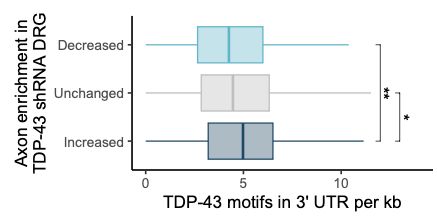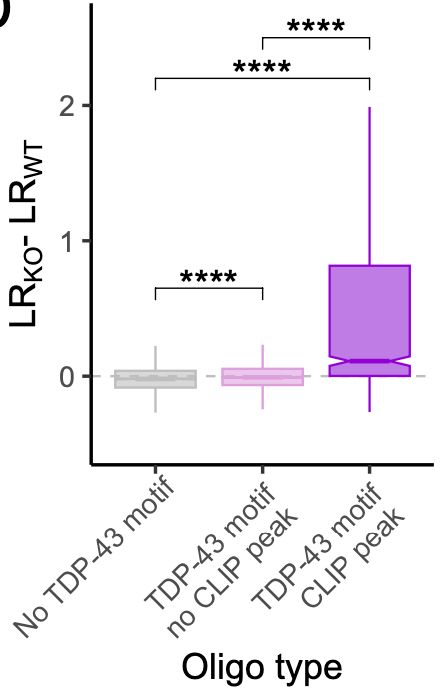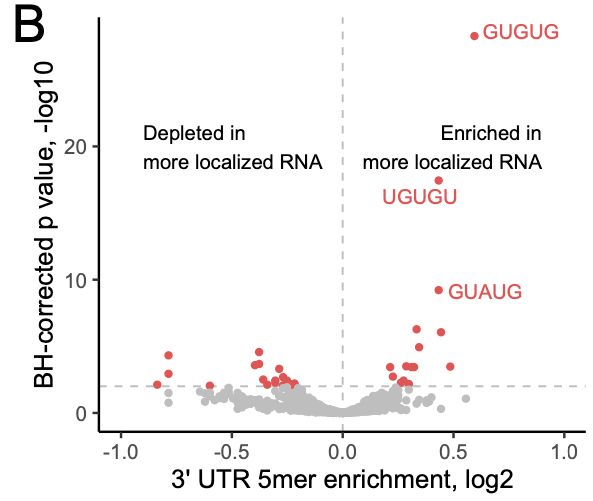Matthew Taliaferro
@jmtali.bsky.social
1.3K followers
310 following
74 posts
RNA biologist at University of Colorado Anschutz Medical Campus http://www.taliaferrolab.com
Posts
Media
Videos
Starter Packs
Matthew Taliaferro
@jmtali.bsky.social
· Mar 21
Matthew Taliaferro
@jmtali.bsky.social
· Mar 21























